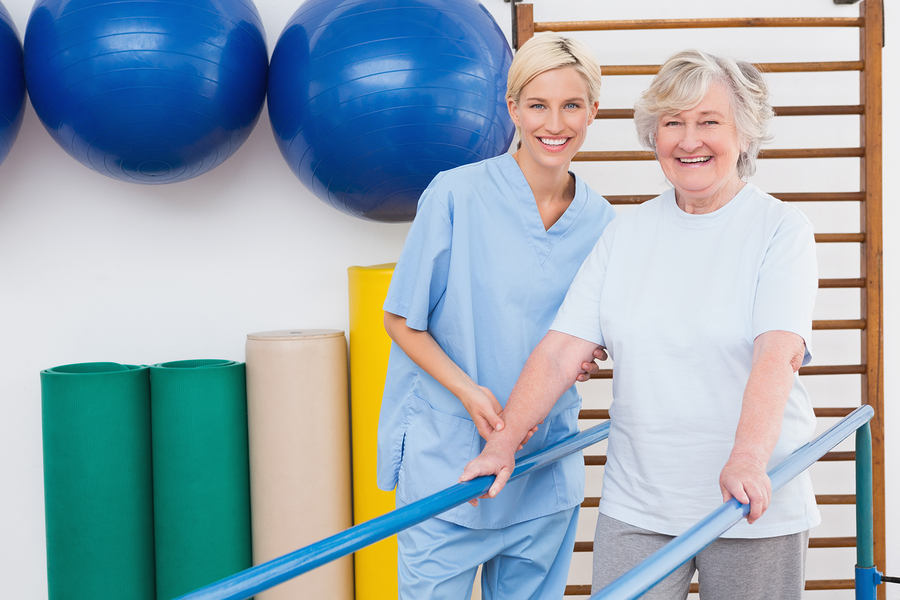Every year, millions of older Americans are injured—or even killed—by falls. They’re the leading cause of both fatal and nonfatal senior injuries according to the Centers for Disease Control and Prevention (CDC), with direct medical costs of 34 billion in 2013. Lacerations, hip fractures and head traumas are a common result of falls, as are spine, ankle, pelvis, forearm, and hand fractures.
Fortunately, most falls are preventable. While trip hazards can be eliminated, and grab bars, railings and improved lighting in seniors’ homes can reduce their chances of falling, other factors must also be addressed. If you’re over the age of 65—or love someone who is—consider these five contributors to senior fall risk.
- Prescription Drugs – Many prescriptions used to treat chronic conditions common in senior citizens—including sedatives and anti-depressants—increase fall risk by reducing mental alertness, causing fainting while standing, and interfering with balance. Additionally, the more prescriptions a senior takes, the greater the likelihood of adverse interactions that can lead to a fall. Review all of your prescriptions and over the counter medications with your primary care physician and specialist doctors.
- Weak Muscles – As we age, we naturally begin to lose muscle tone, strength, bone mass and flexibility. These weaknesses can increase the severity of the injuries sustained in a fall, but regular exercise can improve them. Whether you’re in good health or suffer from a medical condition that makes it more difficult to exercise, talk to your physician about an appropriate workout program. Regular activity will increase your strength, muscle tone, bone mass and balance.
- Vision Impairment – Cataracts and glaucoma can alter depth perception, reduce visual acuity and peripheral vision, and increase susceptibility to glare. While not all age-related eye diseases are avoidable, regular eye exams can reduce the impact they have on your life, reducing your risk of a fall.
- Home Hazards – Loose rugs, steep stairs, slippery bathtubs, unstable furniture and poor lighting—all of these things increase tripping and falling hazards. Investing in grab bars, railings, lighting and other safety aids inside and outside your home is worth the cost if it helps you avoid even one expensive hospital stay or the loss of your independence. Keep in mind, 20 to 30 percent of seniors who fall sustain injuries that make it hard for them to live on their own.
- Chronic Conditions – Parkinson’s, heart disease and other chronic health conditions can also increase your risk of falling. Talk to your doctor about the disease process and steps you can take in addition to treatment to minimize associated hazards.

